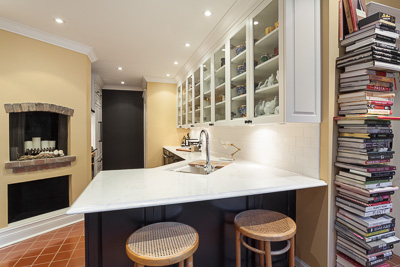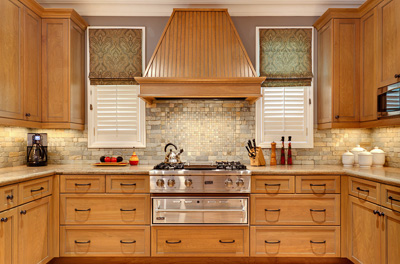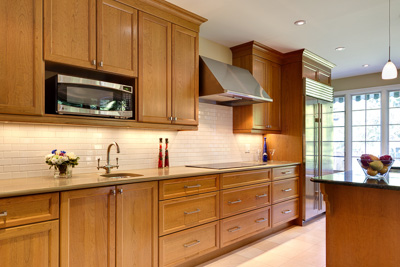Traditional kitchens are known for the details, refined and functional with furniture-like elements.
McRae Avenue
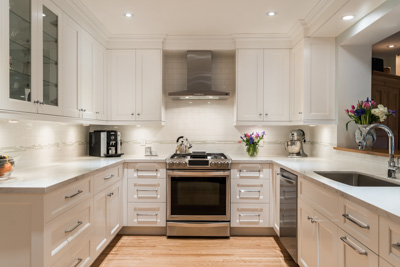
Cabinets: MDF Double Shaker, White Laquer
Countertop: Frosty Carina Caesarstone
Hardware: Crystal & Chrome Knobs
Shelbourne Avenue
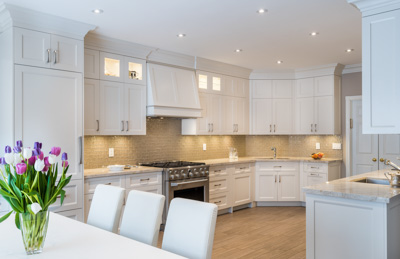
Cabinetry: Recessed Panel, Lacquered in Arctic White
Countertop: Natural Stone Quartzite
Hardware: Polished Nickel Pulls Berenson
Macklingate Court
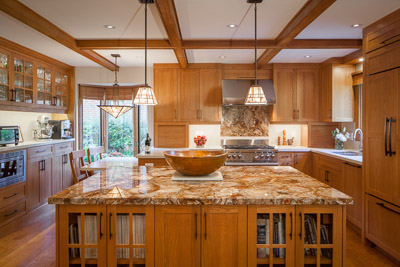
Cabinetry: Shaker Panel, Red Oak, Autumn Stain
Countertop: Perimeter - Caesarstone Classico 5520 Dreamy Marfil, Island - Caesarstone Concetto 8330 Petrified Wood
Hardware: Oil Rubbed Bronze Bar Pulls
Blind Bay Cottage Road
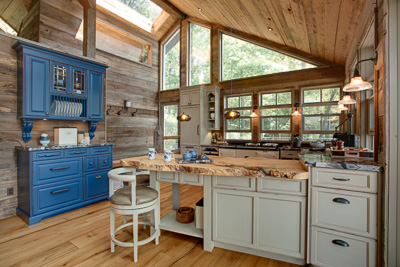
Cabinetry Kitchen: Recessed Panel, Maple, Custom lacquered colour, Double distressed
Cabinetry Hutch: Raised Panel, Cherry, Custom lacquered colour, Double distressed
Countertops: Silver maple wood slab with living edge, Mariance Granite
Brooke Avenue
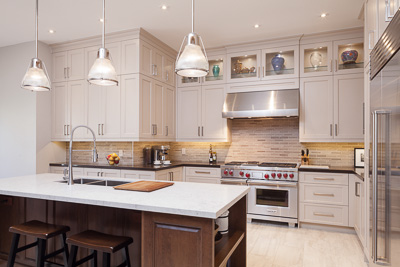
Cabinetry: Recessed Panel, Maple, Lacquered custom colour and finish
Countertop: Caesarstone Emperadoro
Hardware: Satin Nickel
Island Cabinetry: Raised Panel, Cherry, Bronze
Island Countertop: Caesarstone Bianco Drift
Montressor Drive
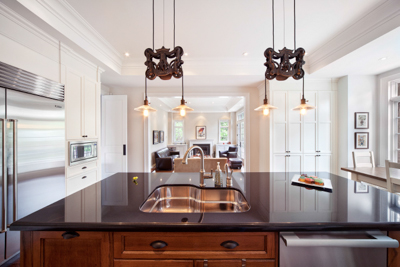
Cabinetry: Recessed Panel, Maple, Dove
Island Cabinetry: Recessed Panel, Quarter Sawn Oak, Spice with Antique Coffee Glaze
Stormont Avenue
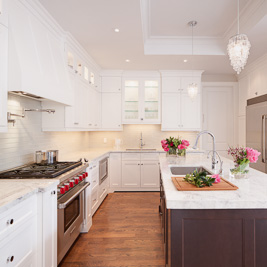
Cabinetry: Recessed Panel, MDF, Low Pure White Lacquer
Hardware: Brushed Nickel
Island Cabinetry: Recessed Panel, Maple, Venice
Glen Manor Drive
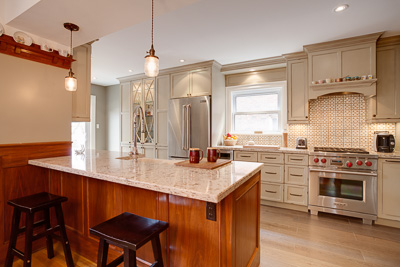
Cabinetry: Recessed Panel, Maple, Custom colour/Distressed
Hardware: Patina Rouge
Countertop: Cambria Windermere
Warland Avenue
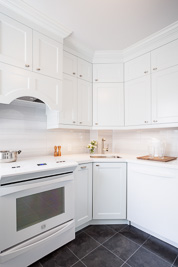
Cabinetry: Recessed Panel, MDF, Lacquered custom colour/Lookout Point
Hardware: Brushed Satin Nickel
Countertop: Caesarstone Pure White
Russell Hill Road
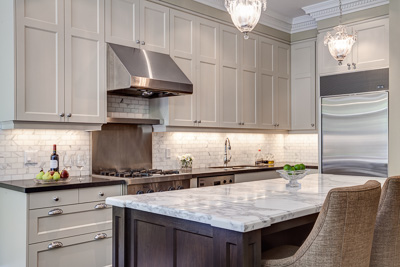
Cabinetry: Recessed Panel, MDF, Lacquered Finish Natural Linen
Hardware: Brushed Nickel
Countertop: Caesarstone Raven
Countertop Island & Hutch: Calacatta Marble
Stratford Crescent
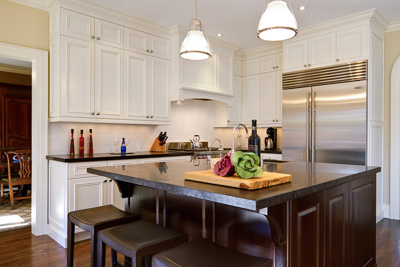
Cabinetry: Recessed Panel, Maple, Lacquered Finish Cloud White
Island Cabinetry: Raised Panel, Cherry, Venice Stain
Hardware: Polished Chrome
Countertop: Antique Brown Granite, Honed Finish
Glebemount Avenue
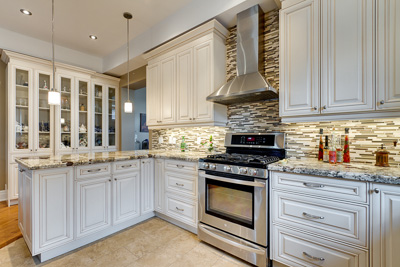
Cabinetry: Purewood Classic Door, Thermofoil, Antique White with Brown Glaze
Hardware: Brushed Nickel
Countertop: Crazy Horse Granite
Woburn Avenue
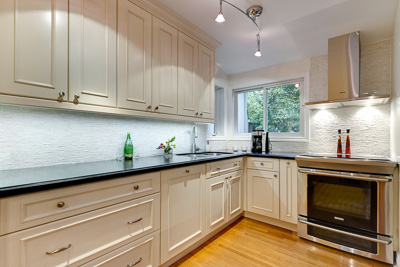
Cabinetry: Recessed Panel, MDF, Lacquered Finish Cappucino
Hardware: Brushed Nickel
Countertop: Antique Brown / Delacatus White Granite


















